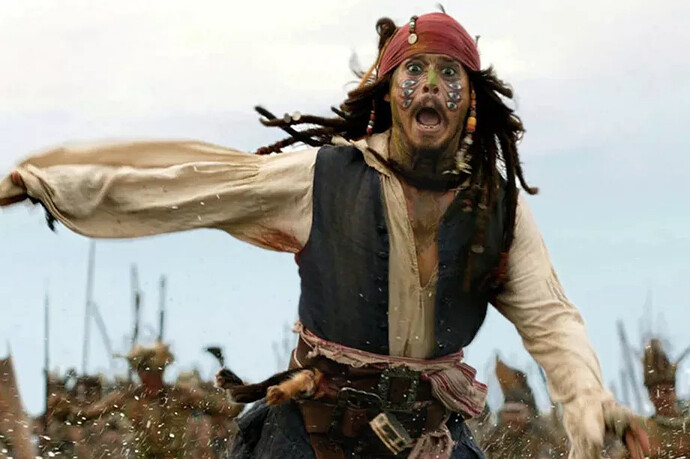An anonymous reader quotes a report from Vox:
[T]he story really starts in 2008, when Netflix broke into streaming in a big way, through a backdoor: It purchased the digital streaming rights to movies from Disney and Sony – that is, movies you’ve heard of, like Pirates of the Caribbean – from Starz, the pay TV channel. Starz had ambitions for its own streaming service, but those fizzled, which is why you have probably never heard of Vongo. And that’s why Netflix got those movies for a song – around $30 million a year – while becoming a pretty good streaming service almost overnight. For context: In 2012, when Netflix wanted to make a new streaming deal for content from Disney, which by then had realized that streaming was a real thing, Netflix paid an estimated $300 million a year.
A contractual loophole let Netflix get Disney’s and Sony’s stuff without cutting deals with Disney and Sony. But soon enough, media companies were scrambling to sell their stuff directly to Netflix: They saw Netflix as an easy source of nearly free money – if Reed Hastings and company wanted to pay them for old shows and movies they were already selling other places, then they’d be happy to do it. But that free money wasn’t really free: Netflix took the stuff Hollywood considered its leftovers and built a giant business with it – and ended up competing directly with the established media players, using their own content. Which leads us to today, where the biggest media companies in the world find themselves years behind what used to be a Silicon Valley upstart. The full story on the impact Netflix has had on Hollywood and the people who run it and work in it was told in this week’s episode of Land of the Giants: The Netflix Effect.
